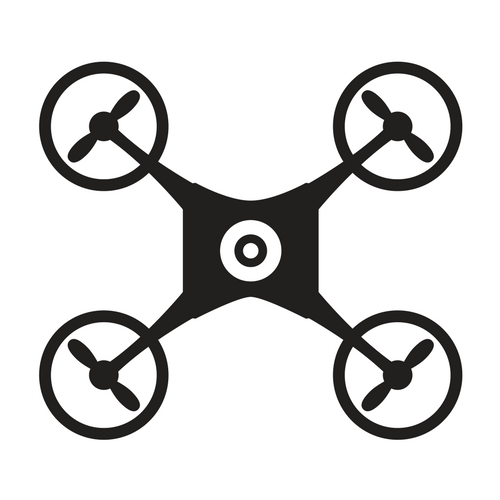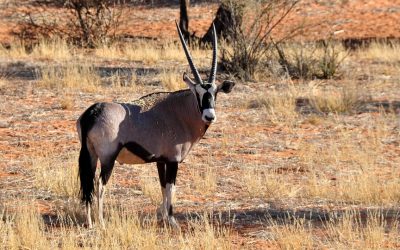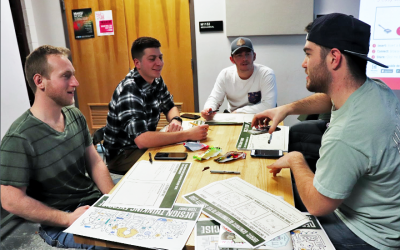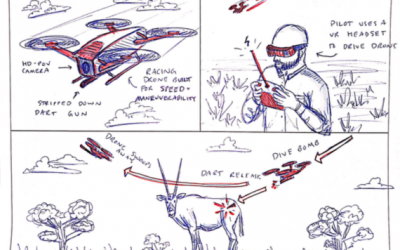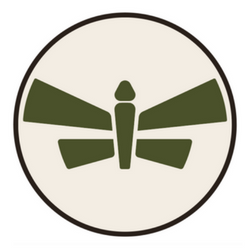
WASP AVIATION
Team Dart took on the challenge of finding a way to make an incredibly dangerous process safer. After learning that darting large mammals for veterinary and research purposes is currently a leading cause of death for field biologists, the team aimed to simplify the practice however possible. As a jumping-off point, the Smithsonian Conservation Biology Institute (SCBI) had a prototype of a darting drone that can take the place of the scientists who up until the present have had to hang out of helicopters to accurately aim and hit the animals they’re trying to help. SCBI was still having a lot of trouble hitting moving targets and sought the team’s help in improving accuracy, cost, and safety. With the foundation of varying backgrounds, the students of Team Dart collaborated in finding a drone-related solution to these daunting obstacles.
Meet the Team

Danny Oeland
Junior, Industrial Design

Brian Willis
Junior, Biology

Scotty Matthewman
Junior, Industrial Design

Dennis McClure
Junior, Physics

Michael Dalisera
Senior, Physics

Kelsie LaPore
Junior, WRTC
The Process
The Impact
- Instead of renting a $900/hour helicopter, Team Dart proposes the use of small drones dubbed “wasps” that will serve as the mode of darting.
- The majority of field biologist deaths are caused by the darting process as it’s currently executed; the team is working toward eliminating the danger element altogether.
- With the use of a drone instead of a helicopter, biologist, and dart gun combination, the practice of safely darting large mammals will be much easier to carry out.
%
of field biologist deaths
%
cheaper than current prototypes
The Scimitar-Horned Oryx: A Story of Hope in Conservation Biology
Learn more about our case study species.
Our Darting Drone
Read more about Team Dart’s problem-solving process.
Storyboards: The Concept
These images give some insight into the Design Thinking method Team Dart utilized.
